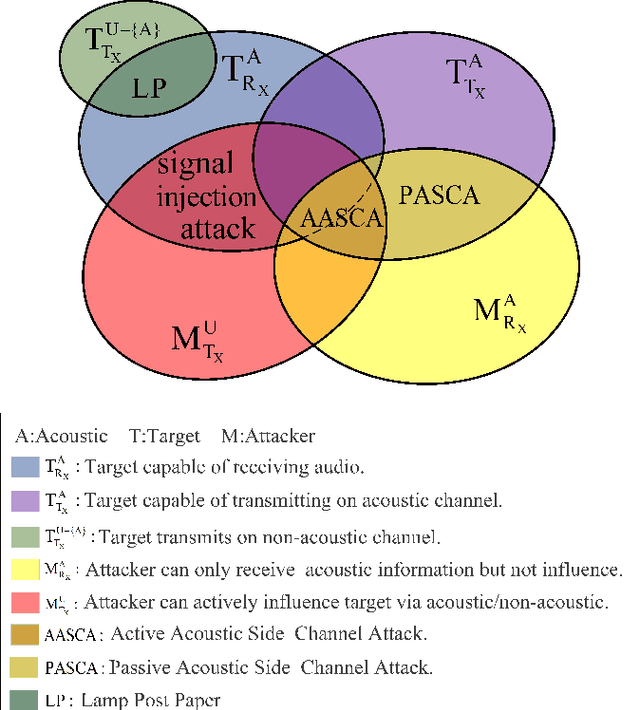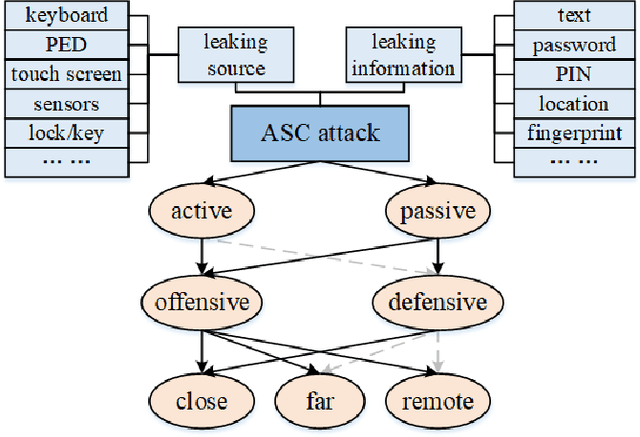Aurélien Bourquard
Wallcamera: Reinventing the Wheel?
Jul 22, 2024


Abstract:Developed at MIT CSAIL, the Wallcamera has captivated the public's imagination. Here, we show that the key insight underlying the Wallcamera is the same one that underpins the concept and the prototype of differential imaging forensics (DIF), both of which were validated and reported several years prior to the Wallcamera's debut. Rather than being the first to extract and amplify invisible signals -- aka latent evidence in the forensics context -- from wall reflections in a video, or the first to propose activity recognition following that approach, the Wallcamera's actual innovation is achieving activity recognition at a finer granularity than DIF demonstrated. In addition to activity recognition, DIF as conceived has a number of other applications in forensics, including 1) the recovery of a photographer's personal identifiable information such as body width, height, and even the color of their clothing, from a single photo, and 2) the detection of image tampering and deepfake videos.
SoK: Acoustic Side Channels
Aug 06, 2023



Abstract:We provide a state-of-the-art analysis of acoustic side channels, cover all the significant academic research in the area, discuss their security implications and countermeasures, and identify areas for future research. We also make an attempt to bridge side channels and inverse problems, two fields that appear to be completely isolated from each other but have deep connections.
Differential Imaging Forensics
Jun 12, 2019


Abstract:We introduce some new forensics based on differential imaging, where a novel category of visual evidence created via subtle interactions of light with a scene, such as dim reflections, can be computationally extracted and amplified from an image of interest through a comparative analysis with an additional reference baseline image acquired under similar conditions. This paradigm of differential imaging forensics (DIF) enables forensic examiners for the first time to retrieve the said visual evidence that is readily available in an image or video footage but would otherwise remain faint or even invisible to a human observer. We demonstrate the relevance and effectiveness of our approach through practical experiments. We also show that DIF provides a novel method for detecting forged images and video clips, including deep fakes.
 Add to Chrome
Add to Chrome Add to Firefox
Add to Firefox Add to Edge
Add to Edge